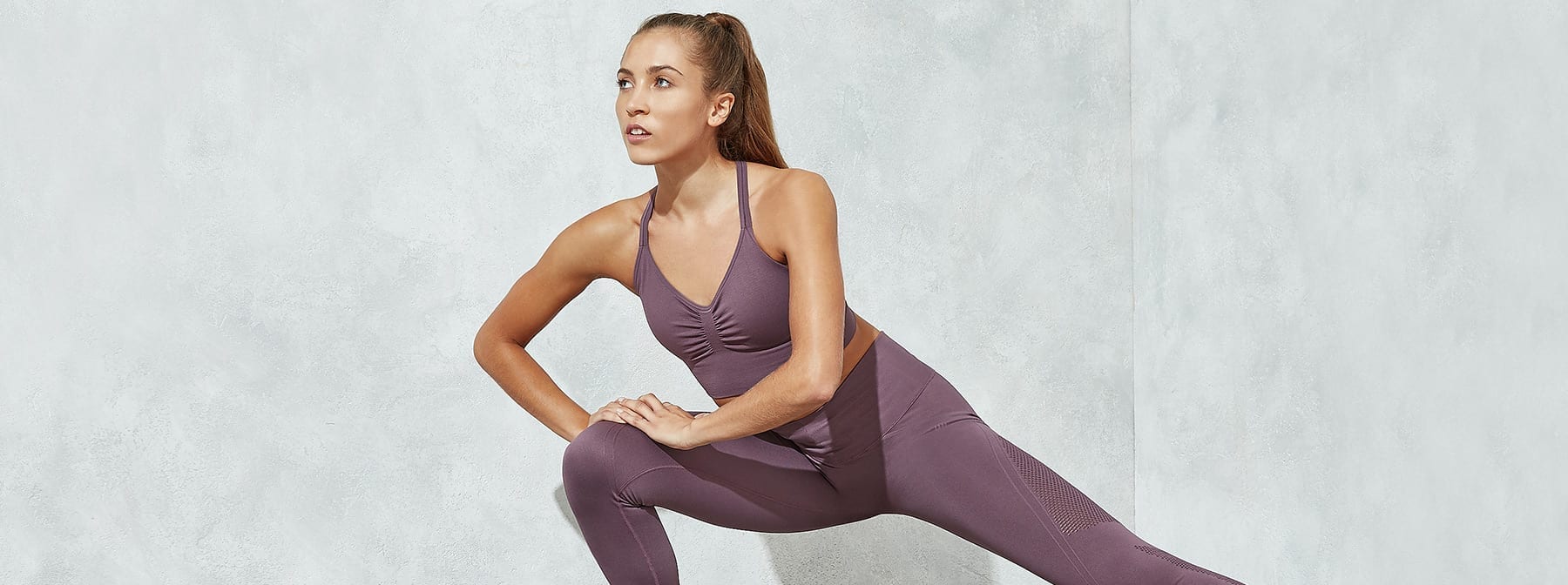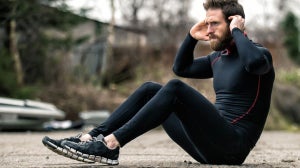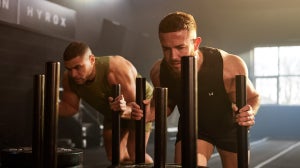
We’ve all used these machines in the back corner of our gym, or at least made awkward eye contact with somebody using them. It’s all too easy to load up the weight on the abductor or adductor machine and think you’re improving your leg strength and stability, but this is far from what is happening. Whether you’re a guy or a gal, these machines are the definition of “workouts that feel effective but don’t help in the slightest”.
What Are The Abductors & Adductors?
To understand why these machines should be avoided and which exercises you should be doing instead, it is important to first understand what these muscles are and what their purpose is. The abductors are a group of small muscles including the gluteus medius, tensor fascia lata (TFL), and sartorius.
They are located primarily around your glutes and on the outside of your thighs, below your hips. These muscles work to spread your legs apart and help you push your hips out and squeeze your glutes, as you would during the lockout of a deadlift, for example. Conversely, your adductor muscles include the brevis, longus, and magnus. These short muscle as you might expect are located around your groin/inner thigh region and their main purpose is to bring your legs together.
Working together though, the abductors and adductors can be used to stabilize you when you are in compromising positions such as being on one leg.
Being such small muscle groups and the lack of knowledge on how to properly work them, the abductors, and more often the adductors can be easily injured. Mostly during sports such as soccer, football or hockey, players who “pull their groin” have actually strained their (most likely underdeveloped) adductor muscles.
The best way to avoid these types of injuries is to know how to properly train both your abductors and adductors. Because like your hamstrings and quads, or your chest and back, or your biceps and triceps, you need to work out these muscles equally to prevent an imbalance which can lead to injury.
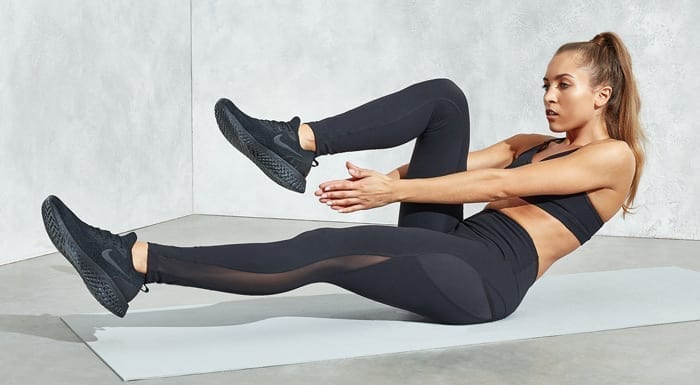
Do The Abductor & Adductor Machines Have Any Benefit?
Now to the meat and potatoes of this article, why you should opt out of using the seated abductors and adductors machines for other exercises. The main problem with these machines is their lack of real-world functionality, whether you’re training for a sport, to recover from an injury or just to get stronger and look better.
No other exercise or movement will require you to be seated and spreading your legs apart or squeezing them together under tension. Meaning the only exercise these machines will help you get stronger on are, these machines. There are many sports drills and real-world scenarios that will have you doing this movement standing, and that is an important difference here.
You want to practice how you play, and these muscle groups are no exception. Besides the functionality issue being the most emphasized, many others exist.
Because these muscle groups are so small, they are only accustomed and designed to lift or displace a small amount of weight, usually no more than your bodyweight. Meaning when you load up these machines, a whole heck of weight is shifting to your spine. Any exercise that puts an unnecessary amount of pressure on your spine can do long-term damage and make you more susceptible to injuries.
How To Work These Muscles Properly
Learning how to properly work out your abductors and adductors will be invaluable to preventing injuries and strengthening your legs as a whole. For individuals who want to work these muscles with their other leg exercises or have limited equipment, try doing more single-leg exercises with dumbbells such as pistol squats, single-leg deadlifts, or Bulgarian split squats (which technically aren’t single-leg as your other leg will be behind you on a bench, but it still requires the same stabilizer muscles in your legs).
These exercises require you to recruit both your abductors and adductors to keep you upright and stop you from falling.
Others who want to target their abductors and adductors for a sport specific reason or are recovering from an injury (only exercise these muscles after an injury if you’re fully healed, to prevent any reoccurrences), you might want to try lateral band walks. With a medium strength band, wrap it around your ankles and in a squatted position, move laterally and extend your feet apart as much as you can, feeling the tension in your adductors.
Bring your planted leg in towards the one you extended to the side feeling the inverse tension in your abductors.
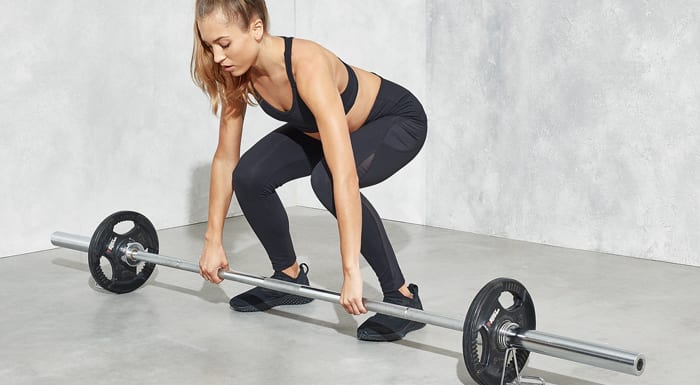
Take Home Message
Whether you’re an athlete, a gym rat, or somebody just trying to take care of themselves, strengthening your muscles to prevent injuries is the best thing you can do for yourself. With the good rule of thumb that the smaller the muscle group, the more susceptible it is to injury, taking care of your stabilizing adductor and abductor muscles can do wonders for keeping you flexible, strong and on the field (or ice).

